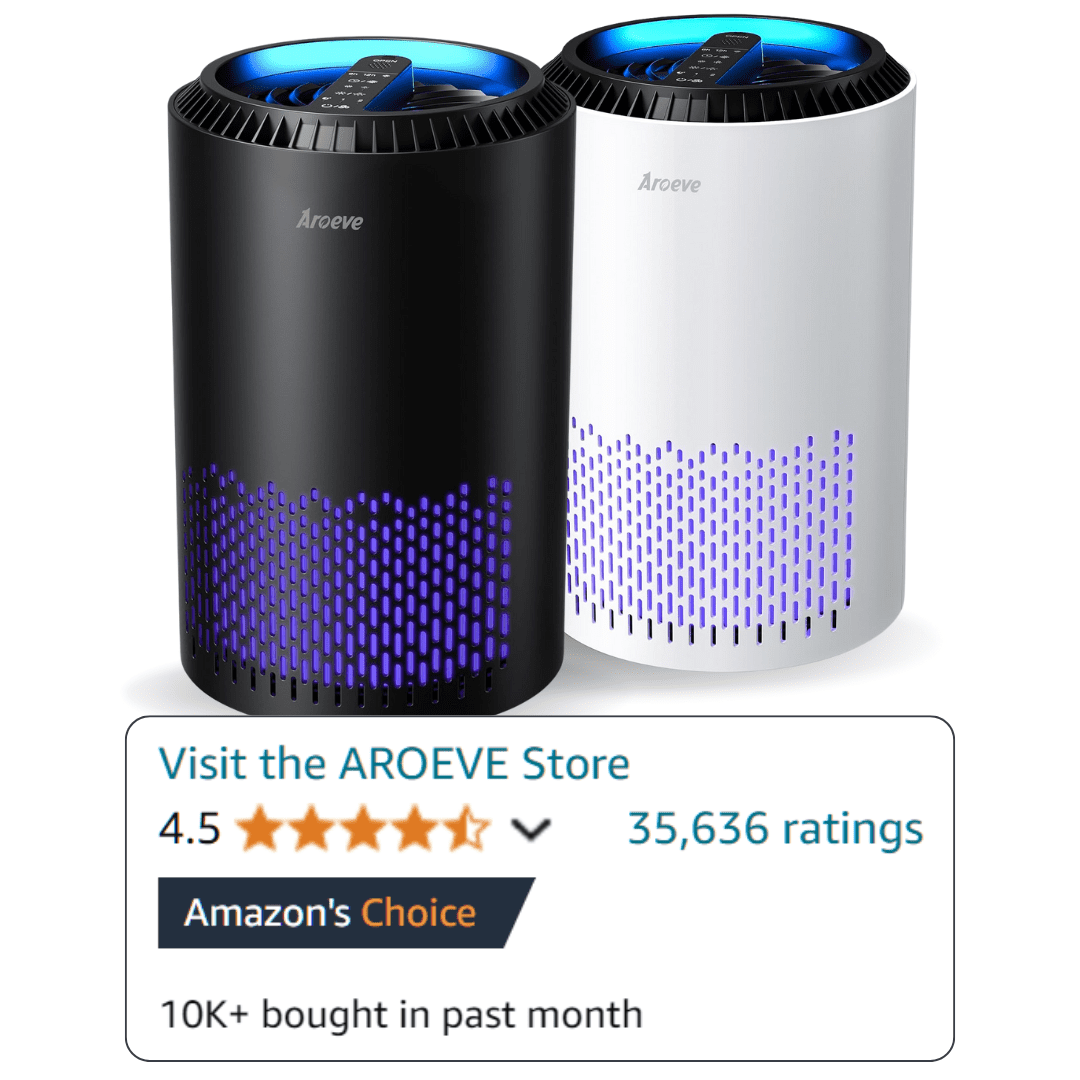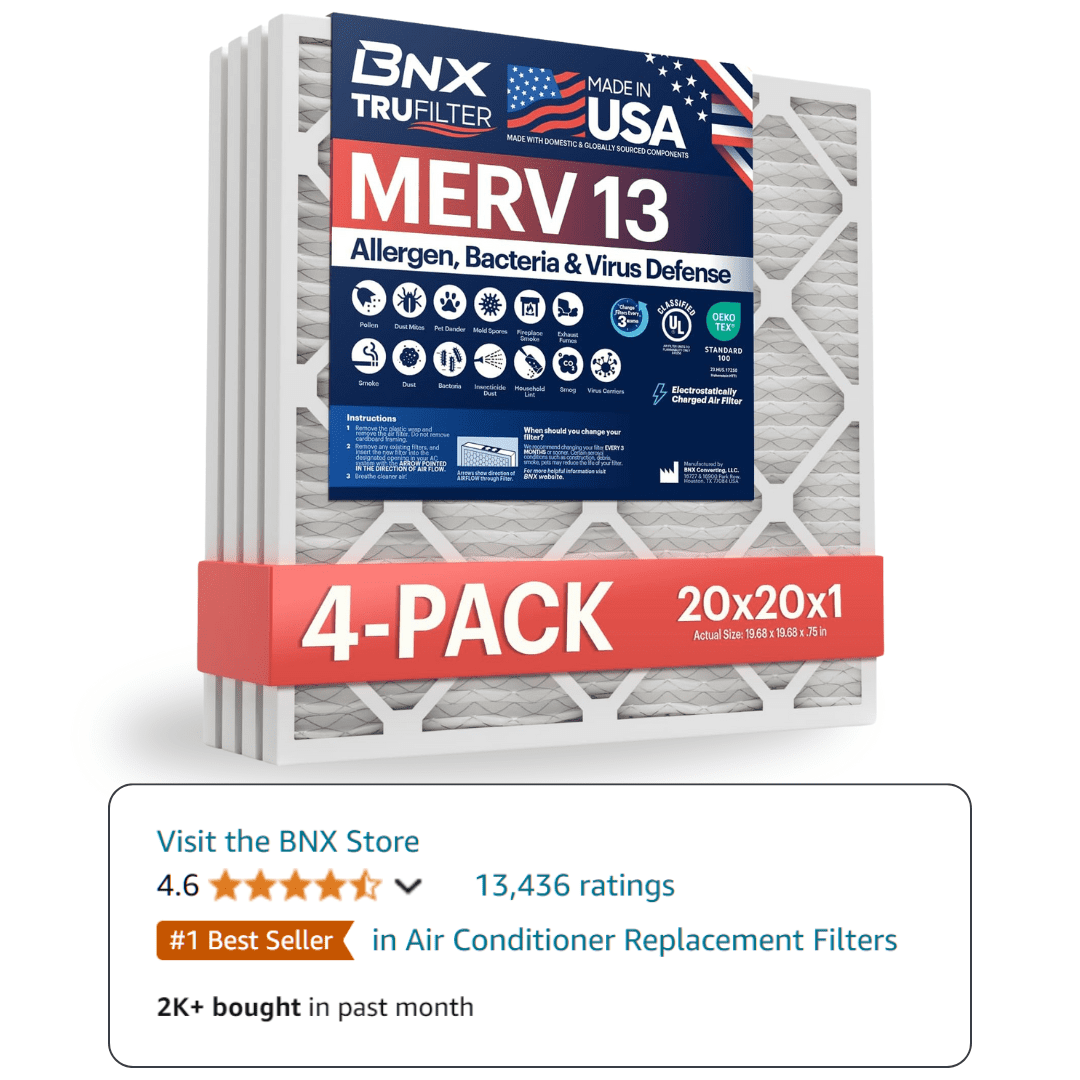A humidity level above 60% is generally considered uncomfortable, especially in warmer temperatures. Conversely, a humidity level below 30% often feels uncomfortable and dry, particularly in the winter. The ideal indoor humidity range for comfort and health is between 40% and 50%.
Humidity Comfort Scale (quick guide)
Use this chart to quickly gauge your indoor comfort level. The “feels like” temperature, or heat index, is significantly impacted by the combination of heat and humidity.
| Relative Humidity | Comfort Level | Potential Issues |
| Below 30% | Dry & Uncomfortable | Dry skin, scratchy throat, static electricity, virus survival |
| 30% – 40% | Comfortable & Dry | Generally comfortable for most people |
| 40% – 50% | IDEAL RANGE | Optimal for health, comfort, and home preservation |
| 50% – 60% | Comfortable & Moist | Getting humid; noticeable by some sensitive individuals |
| Above 60% | Sticky & Uncomfortable | Discomfort, potential for mold, dust mites thrive |
| Above 70% | Oppressive & Wet | Widespread discomfort, high risk of mold & mildew growth |
Understanding Humidity: The Basics
Humidity is the amount of water vapor in the air. To understand its impact, it’s helpful to know the different types:
- Absolute Humidity: The actual amount of water vapor in a given volume of air.
- Relative Humidity (RH): The most common measurement, this is a percentage that shows how much moisture is in the air compared to the maximum the air can hold at that temperature.
- Specific Humidity: The mass of water vapor in a specific mass of air.
Sounds boring, but it’s important to understand relative humidity because it directly affects how we perceive temperature and impacts our health.
The Science Behind Humidity Comfort Levels
The human body has a natural comfort zone when it comes to humidity, typically between 30% and 60% RH. When humidity levels fall outside this range, discomfort begins.
When humidity is too high, sweat cannot evaporate efficiently, leading to overheating. Conversely, when humidity is too low, moisture loss can cause discomfort and health issues, such as dry throat and skin.
Seasonal Humidity: Why It Feels So Different
Your comfort level is a moving target that changes with the seasons.
Here’s why your body perceives humidity differently in summer and winter.
Summer Discomfort: High Humidity (Above 60%)
In summer, your body’s main cooling mechanism is sweating. As sweat evaporates, it removes heat from your skin. However, when the air is already full of moisture (high RH), your sweat can’t evaporate. This trapped moisture leaves you feeling sticky, clammy, and much hotter than the actual air temperature. This environment is also a breeding ground for mold, mildew, and dust mites, which demonstrates how your home’s humidity affects health.
Winter Discomfort: Low Humidity (Below 30%)
In winter, cold air holds very little moisture. When you heat this dry air in your home, the relative humidity plummets. This parched air acts like a sponge, pulling moisture from any source it can find, including your body. This leads to uncomfortable symptoms like dry skin, chapped lips, and irritated sinuses. It can also make you feel colder than the thermostat reading because the moisture evaporating from your skin has a cooling effect.
Spring and Fall: Transitional Seasons
During spring and fall, humidity levels can fluctuate wildly from day to day. It’s important to monitor conditions and be ready to use a dehumidifier on warm, muggy days or a humidifier during sudden cold, dry snaps.
Practical Solutions for Uncomfortable Humidity
Whether you’re dealing with summer stickiness or winter dryness, you can take control of your home’s environment.
Quick Fixes & Temporary Relief
- Improve Ventilation: Use exhaust fans in kitchens and bathrooms to expel moist air.
- Take Cooler Showers: Hot, steamy showers add significant moisture to the air.
- Use Ceiling Fans: Airflow helps sweat evaporate, making you feel cooler even if the humidity is unchanged.
Long-Term Solutions
- For High Humidity: A dehumidifier is your most effective tool. Investing in one allows you to reduce humidity levels to the ideal range. Central air conditioning also removes humidity.
- For Low Humidity: A humidifier adds necessary moisture back into dry winter air.
- Seal Air Leaks: Caulk windows and add weatherstripping to doors to prevent outside air from compromising your indoor comfort.
Renters vs. Homeowners
- Renters: Portable dehumidifiers and humidifiers are perfect. They are effective for specific rooms and require no permanent installation.
- Homeowners: You can use portable units or invest in a whole-home system that integrates with your HVAC for automated, house-wide humidity control.
Impacts of Uncomfortable Humidity on Health and Property
Uncomfortable humidity can lead to various health issues. High humidity can cause:
- Respiratory problems: Excess moisture can lead to mold growth, which triggers allergies and asthma.
- Skin issues: Prolonged exposure to high humidity can cause skin irritation.
- Mold growth: This can damage your property and pose health risks.
For more information on how humidity affects health, check our Home IAQ Guide.
How to Monitor and Adjust Humidity Levels
To maintain a comfortable indoor humidity level, consider the following tools:
- Hygrometers: These measure humidity levels in your home.
- Smart home devices: Many modern HVAC systems offer humidity monitoring features.
- Professional IAQ testing: This can provide a comprehensive analysis of your indoor air.
For a deeper dive into these tools, visit our Humidity Guide.
Seasonal Humidity FAQ
Absolutely. Humid air is denser than dry air, which can make you feel like you’re working harder to breathe. For those with asthma or other respiratory conditions, it’s a common trigger. Understanding how to manage humidity and breathing problems is crucial for comfort.
Yes, 70% humidity is very uncomfortable and unhealthy. At this level, you’ll feel persistently damp, and your home is at a high risk for developing mold. Dust mites also thrive in these conditions, which can trigger allergies and asthma.
You feel sticky because high humidity slows down the evaporation of sweat from your skin. The moisture lingers on your body instead of cooling you down, creating that clammy, unpleasant sensation.
High Humidity: Allergy flare-ups, fatigue, dehydration, and heat-related illness.
Low Humidity: Dry/itchy skin, sore throat, nosebleeds, and increased susceptibility to colds.
The best humidity for sleeping is between 40% and 50%. This level supports clear breathing and prevents your skin and nasal passages from drying out overnight, leading to more restful sleep.
Humidity levels play a significant role in your comfort at home. Understanding how humidity varies by season can help you create a more comfortable indoor environment. Regularly monitor your humidity levels and adjust as needed to stay within the optimal range.
Take action today! Evaluate your home’s humidity levels and consider professional IAQ assessments or humidity control solutions.
For more resources, check out our IAQ Testing page for additional insights on maintaining a healthy indoor environment.



